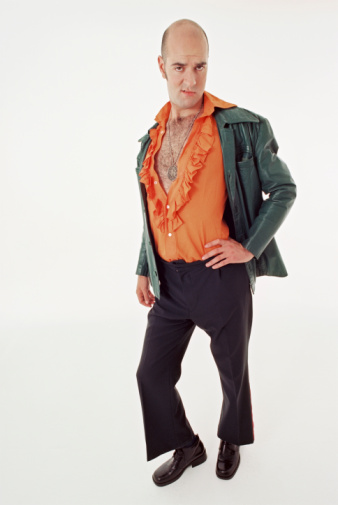 By Susan Tomai
By Susan Tomai
Before we conduct on-camera interviews in our media training sessions, we tell our clients to be animated and approachable when speaking, but to maintain a calm, steady, pleasant facial expression while listening to the question. No nodding, head-shaking or other reaction that would make them appear as though they’re agreeing, disagreeing, or passing judgment on the question – they should appear neutral until it’s their turn to speak.
We then ask them to describe the image they’d like to project while listening to the reporter’s questions. We often hear words like confident, calm, alert, knowledgeable. But then after we play back the video, we sometimes hear: “Why am I gritting my teeth? Why am I squinting, or tilting my head? Why do I look as if I smell something foul?”
We’ve interviewed hundreds of people over the years and we recognize that not everyone can easily put on a “positive listening face.” When listening to a question (particularly a difficult or provocative question), it’s hard to maintain the desired pleasant, somewhat noncommittal expression.
The best way to achieve this is to try to anticipate any question or comment that might elicit an unwanted reaction. Consider the topic of the interview and then brainstorm a list of all the possible “curveballs” – all the conceivable questions you hope won’t be asked - then have a colleague ask you those questions on camera. Conditioning yourself to remain composed in the face of challenging questions is a sure sign of a skillful spokesperson.






